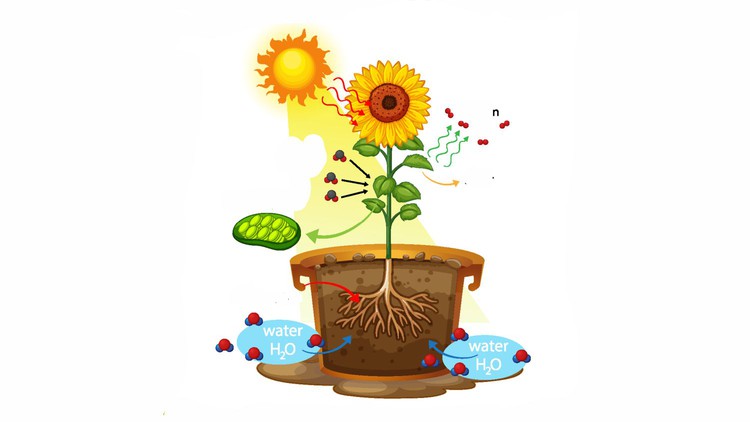Biology - Photosynthesis
Olympiad, Foundation, NEET, AIIMS, CBSE, iGCSE, GCSE, MCAT, AP-Biology & More
4.50 (2 reviews)

6
students
2 hours
content
Jan 2022
last update
$22.99
regular price
What you will learn
What do we Know?
Early Experiments
Where does Photosynthesis take place?
How many Pigments are involved in Photosynthesis?
What is Light Reaction?
The Electron Transport
Where are the ATP and NADPH Used?
The C4 Pathway
Photorespiration
Factors affecting Photosynthesis
Screenshots




Related Topics
4499504
udemy ID
1/17/2022
course created date
2/20/2022
course indexed date
Bot
course submited by